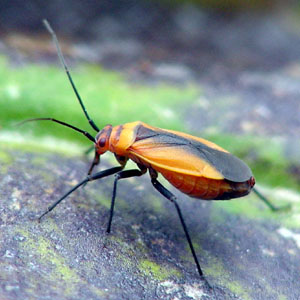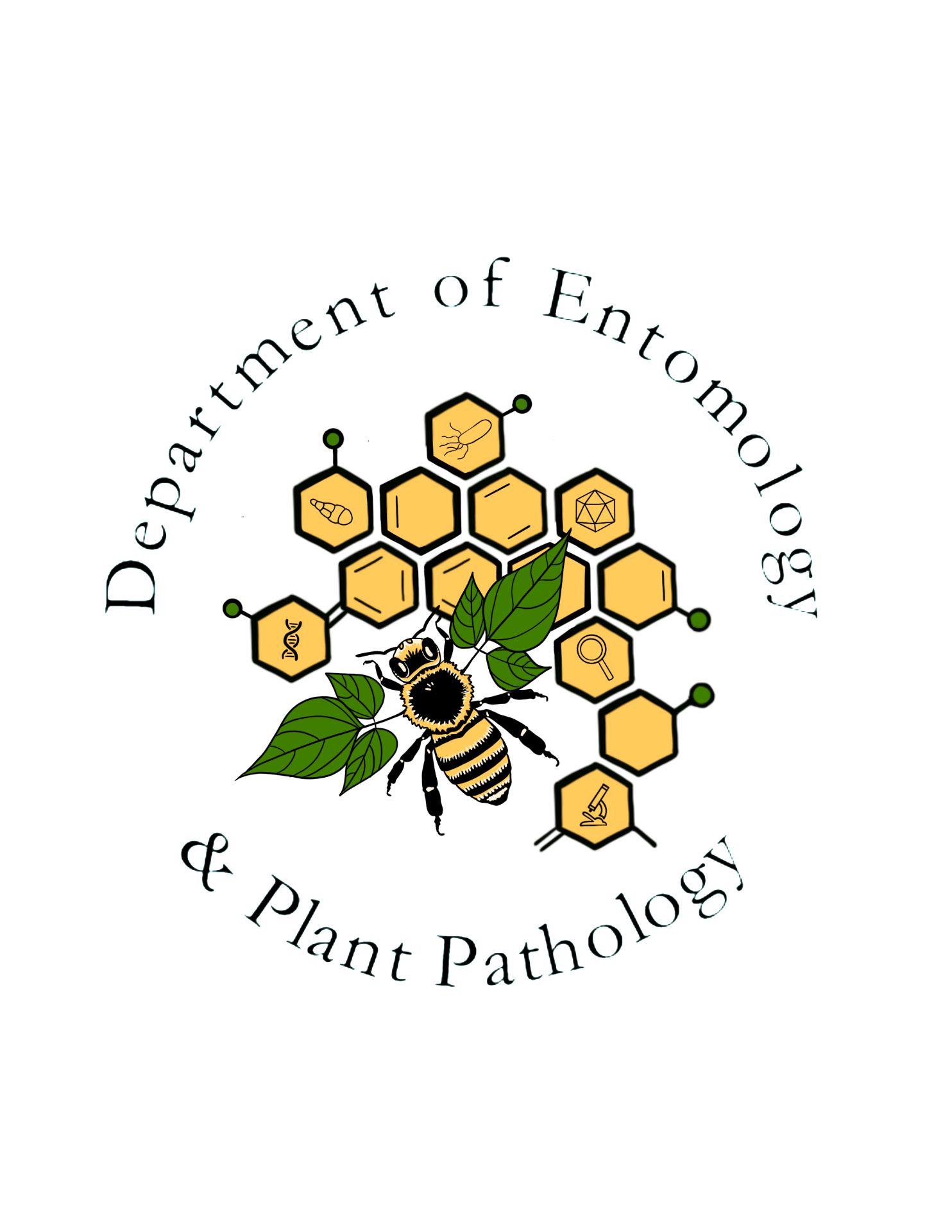Phlox plant bug
Order: Hemiptera
Family: Miridae
Genus and species: Lopidea davisi Knight

Species in the genus Lopidea are fairly species-specific plant feeders. They tend to feed on leaves, stem terminals, and flowers and seeds. The bugs often form dense populations and cause spotting and death of the foliage. Lopidea davisi is considered a pest on cultivated phlox in the eastern United States. As early as 1925 it became a serious pest of cultivated phlox in Arkansas, Missouri, Minnesota, and West Virginia. It breeds on wild phlox, but it may fly to cultivated varieties nearby. Unlike most other Lopidea species, it has two generation per year. The phlox plant bug passes the winter in the egg stage in dead phlox stems. A spring generation appears in May and June. The summer generation appears in July and lasts to late September. The bugs suck sap from the phlox foliage, causing the leaves to turn brown, curl, dry out, and drop.
The phlox plant bug is known to occur in the eastern United States from Maryland and West Virginia in the east to South Dakota, Minnesota, Arkansas, and Mississippi in the midwest. This insect is about 5.5 mm long. It’s black and orange aposematic (warning) coloration suggests that it might be toxic or at least distasteful to predators.
